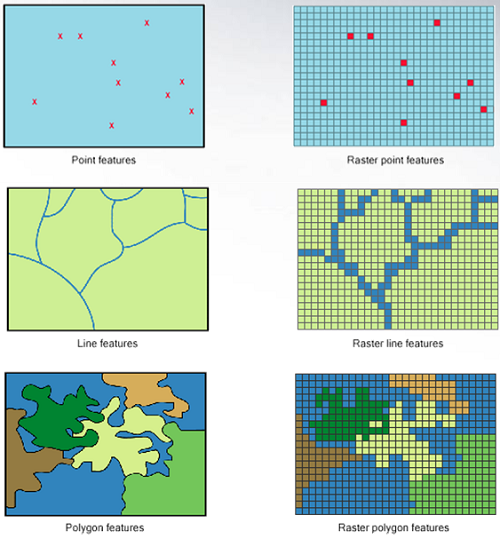

Now we’ve to install Tippecanoe to create the vector tiles. There are some railroad attributes like multitrack, electric and category. $ ogr2ogr -f GeoJSON ne_10m_railroads.geojson ne_10m_railroads.shp Download dataįirst download the data (a 14 MB zipped shapefile)and convert it to GeoJSON (66MB): $ wget We’ll use a dataset of all the railroad tracks of the world as input data.
Vector vs raster tiles map how to#
Let’s figure out how to create vector tiles with Tippecanoe. At the moment, the tool is developed at Felt.

One popular command line tool to create vector tiles is Tippecanoe, originally developed by MapBox. – Size and speed: Vector tiles are really small, enabling global high resolution maps, fast map loads and efficient caching. Because all map data is loaded in the map client, you can re-render the map quickly, enabling smooth zooming, tilt, and rotation – Querying: Attribute information is stored within the vector tile so there is no need to request a server for more information – Styling: Map style can be adjusted dynamically on the client Vector tiles have important advantages over raster tiles: Vector tiles contain all the geometries and metadata like road and place names in a compact, structured format. To change the style of the map (like changing the colors or labels) all the tiles need to be processed again on the server.Īn alternative approach is to use vector tiles. To request information from the map (like getting the attributes of a road), a request to a server is needed to obtain the information. An image tile contains all the map information prerendered in an image (png). Traditionally, maps are created from image tiles.


 0 kommentar(er)
0 kommentar(er)
